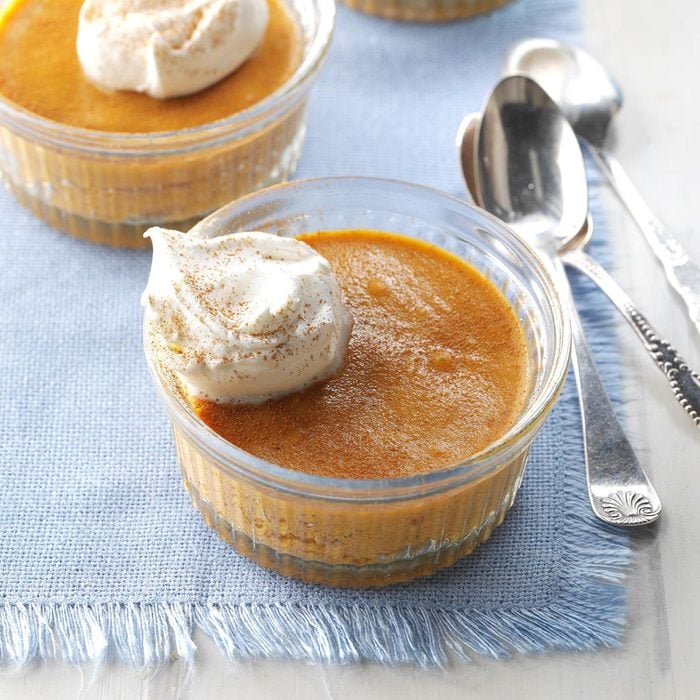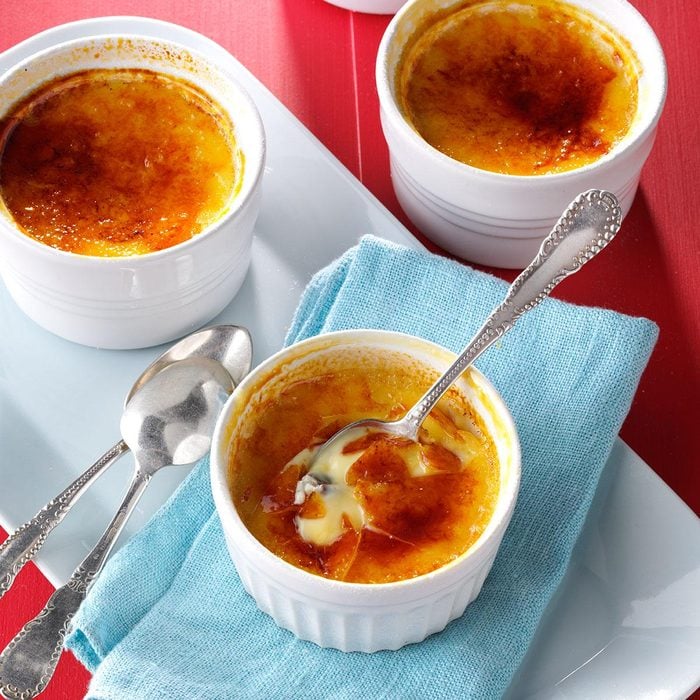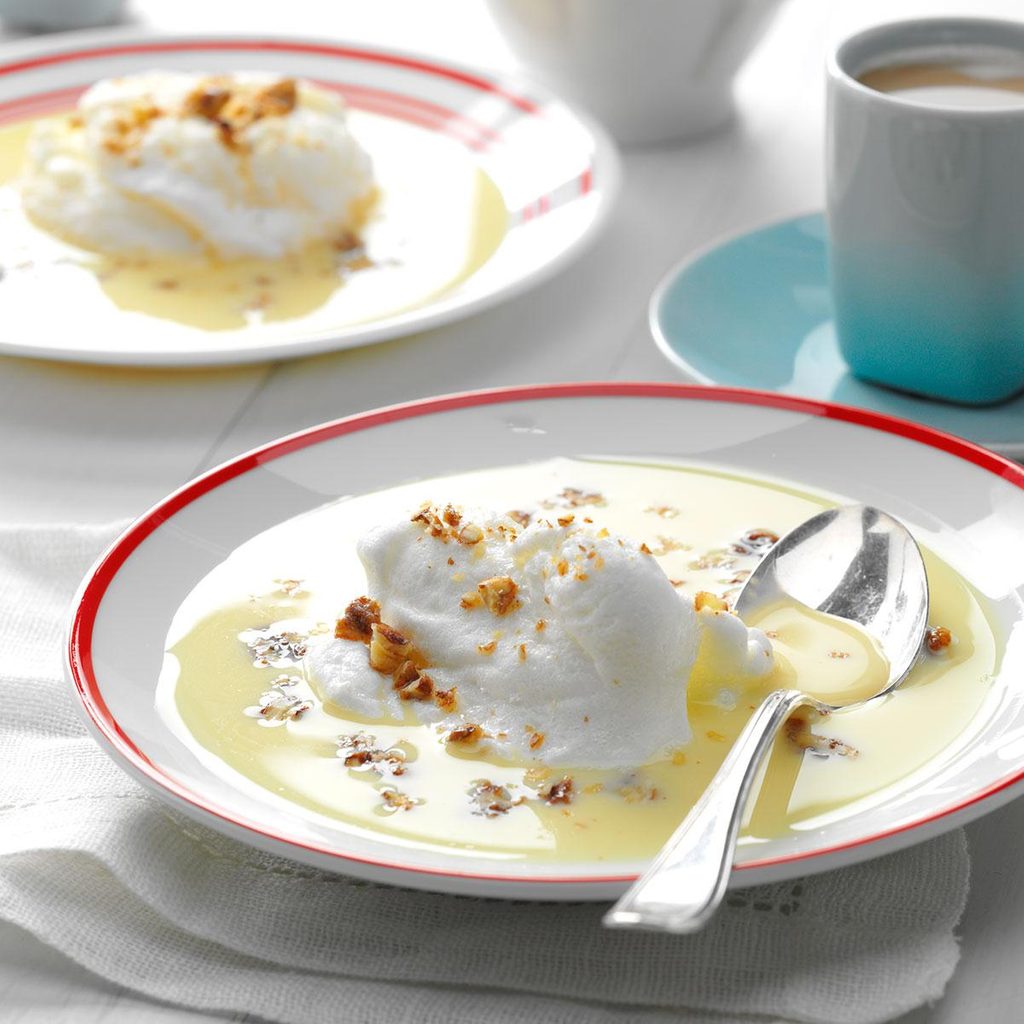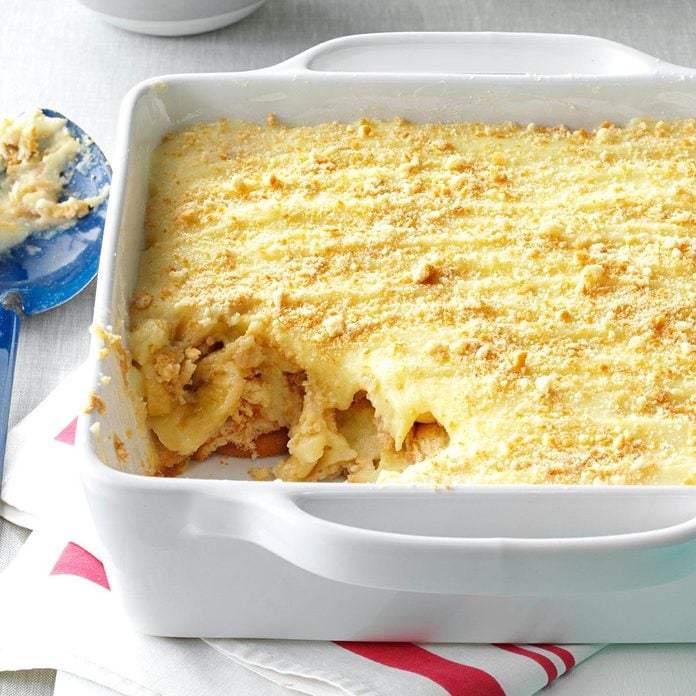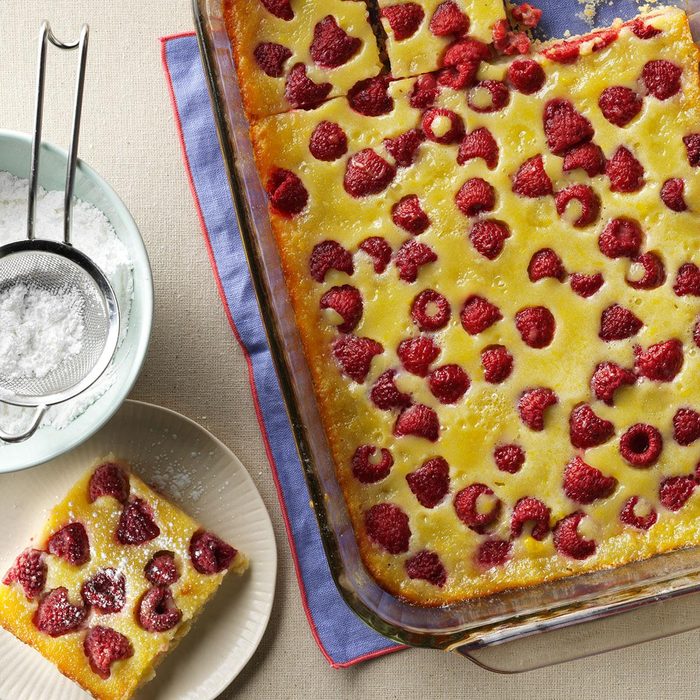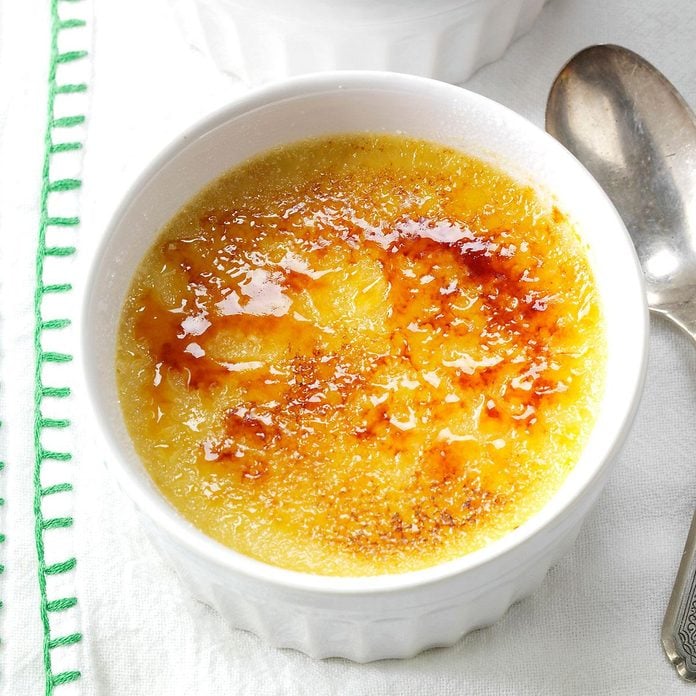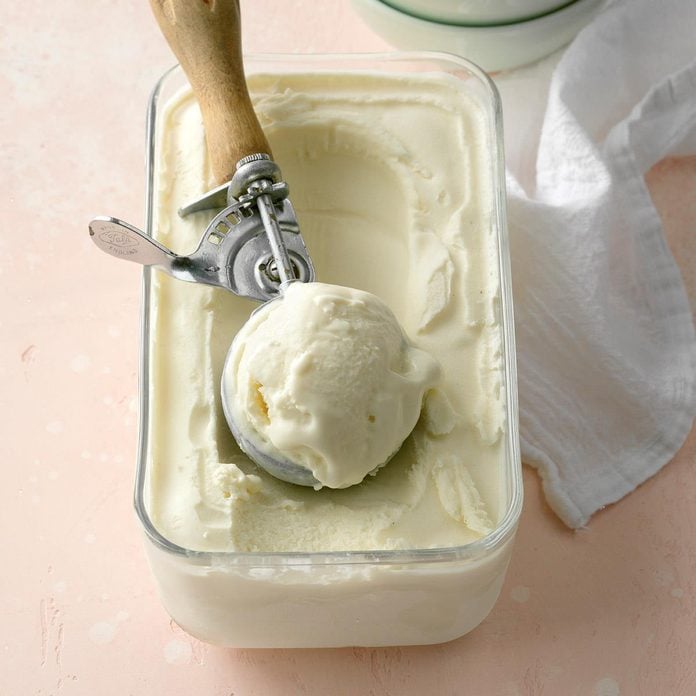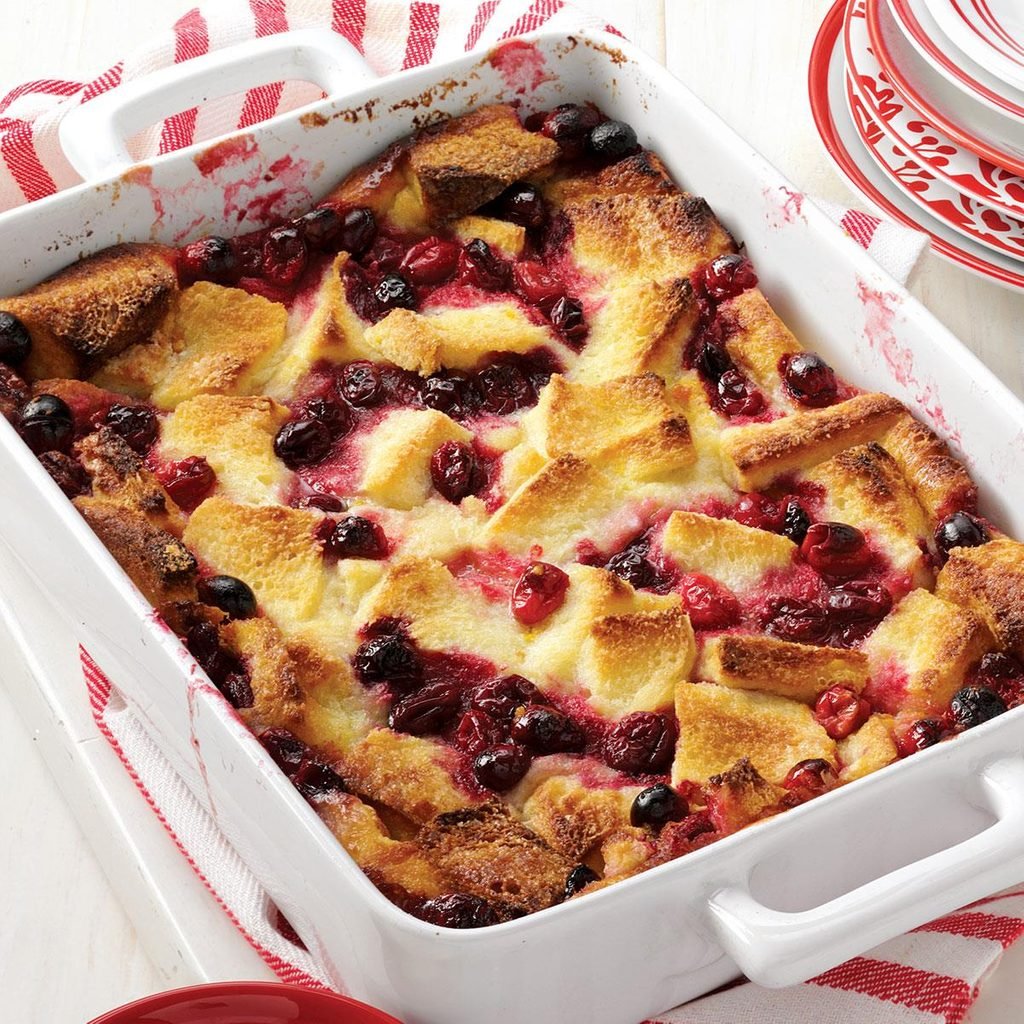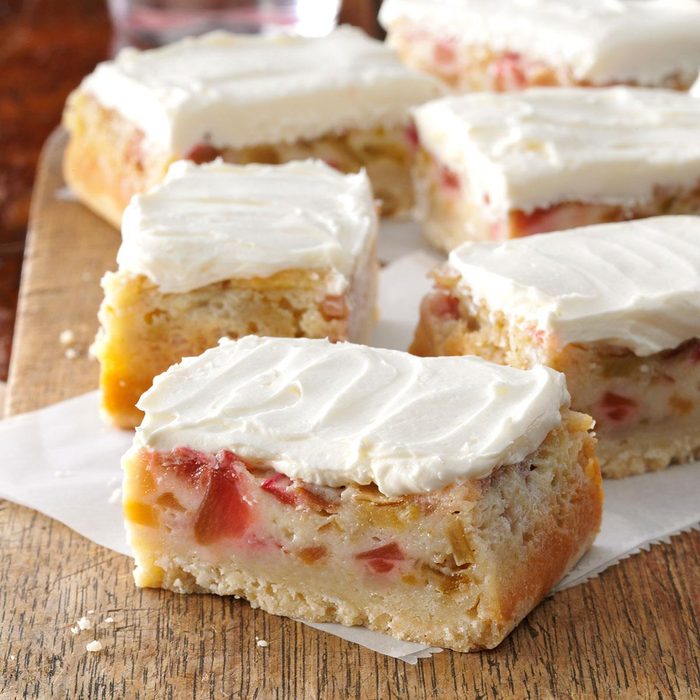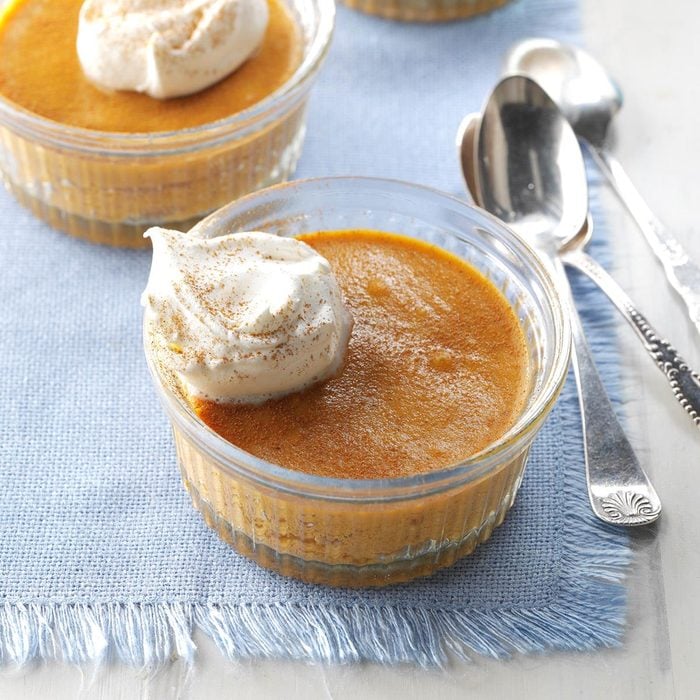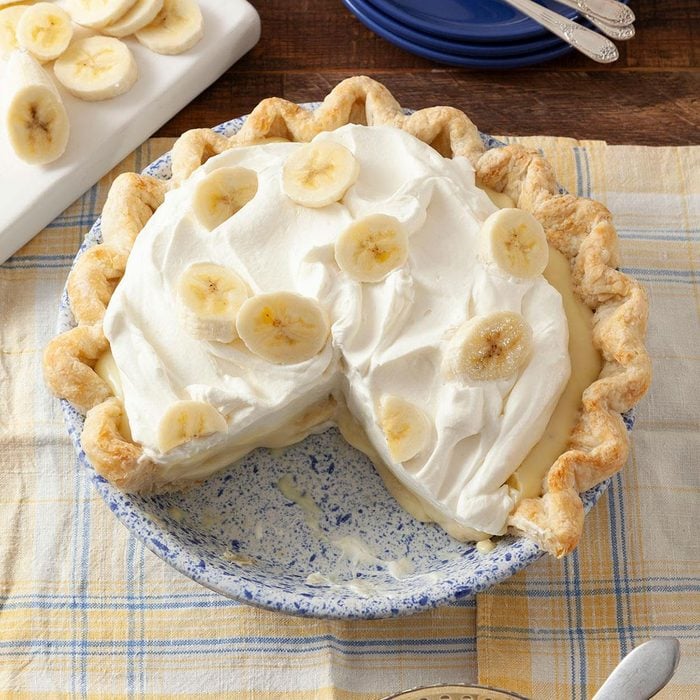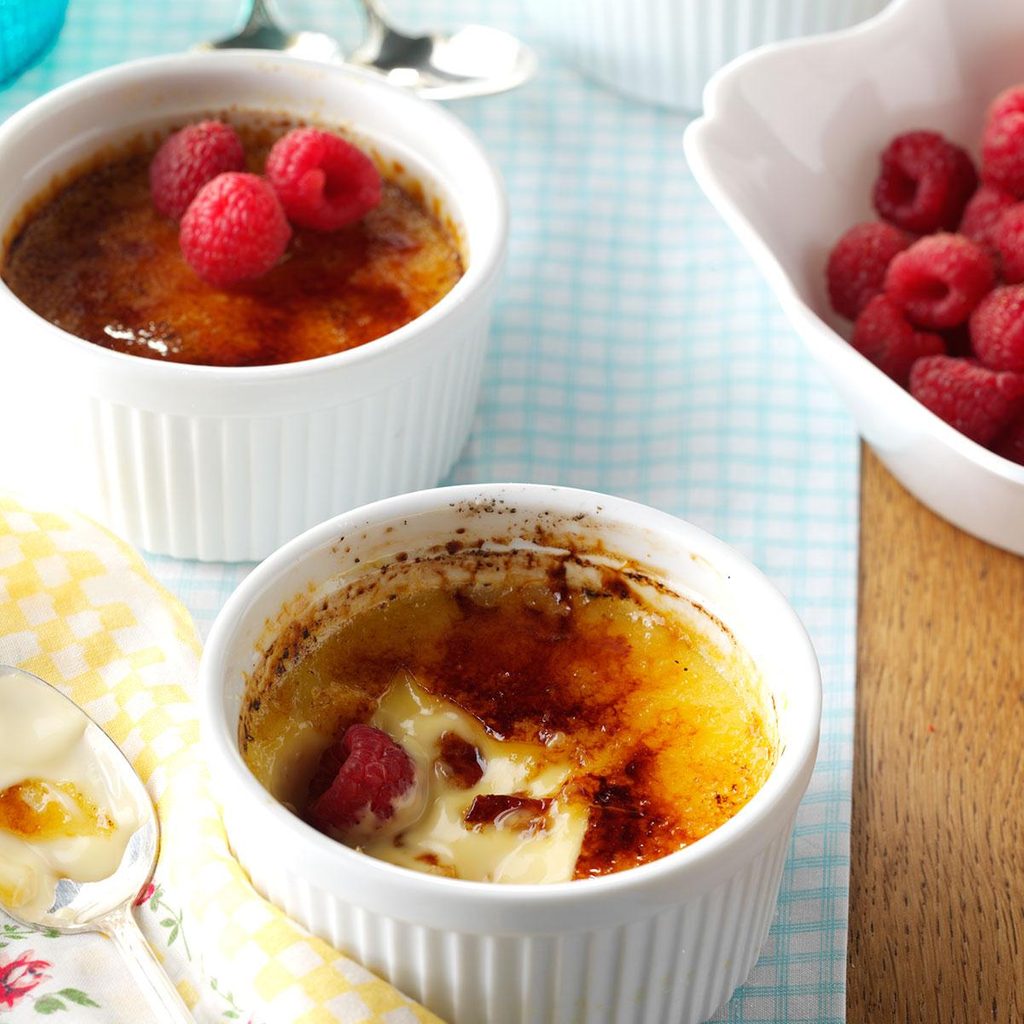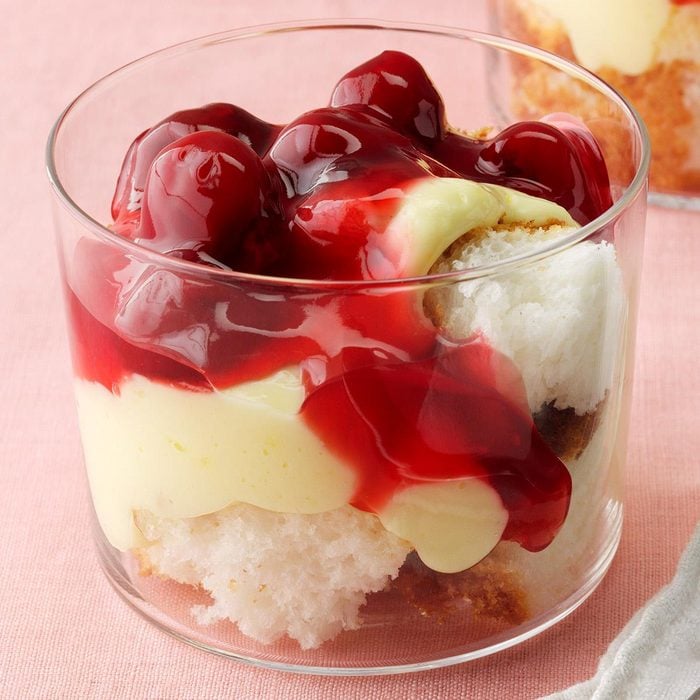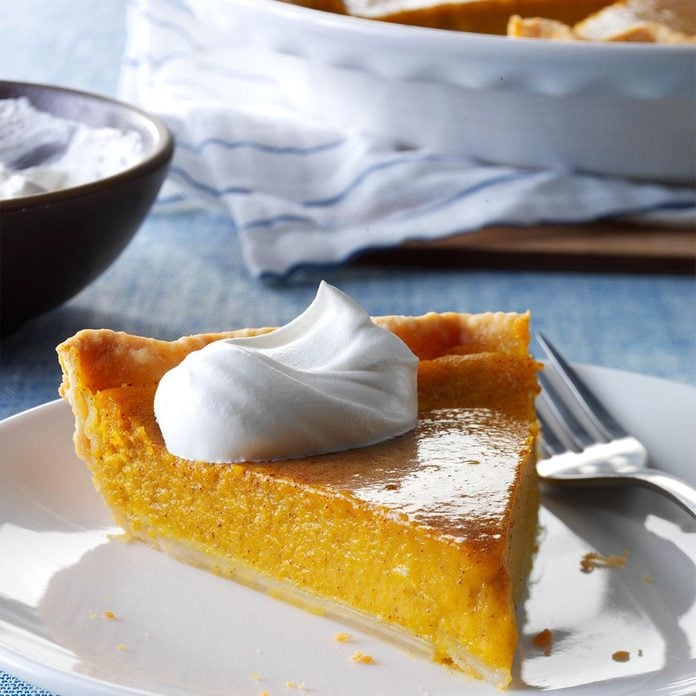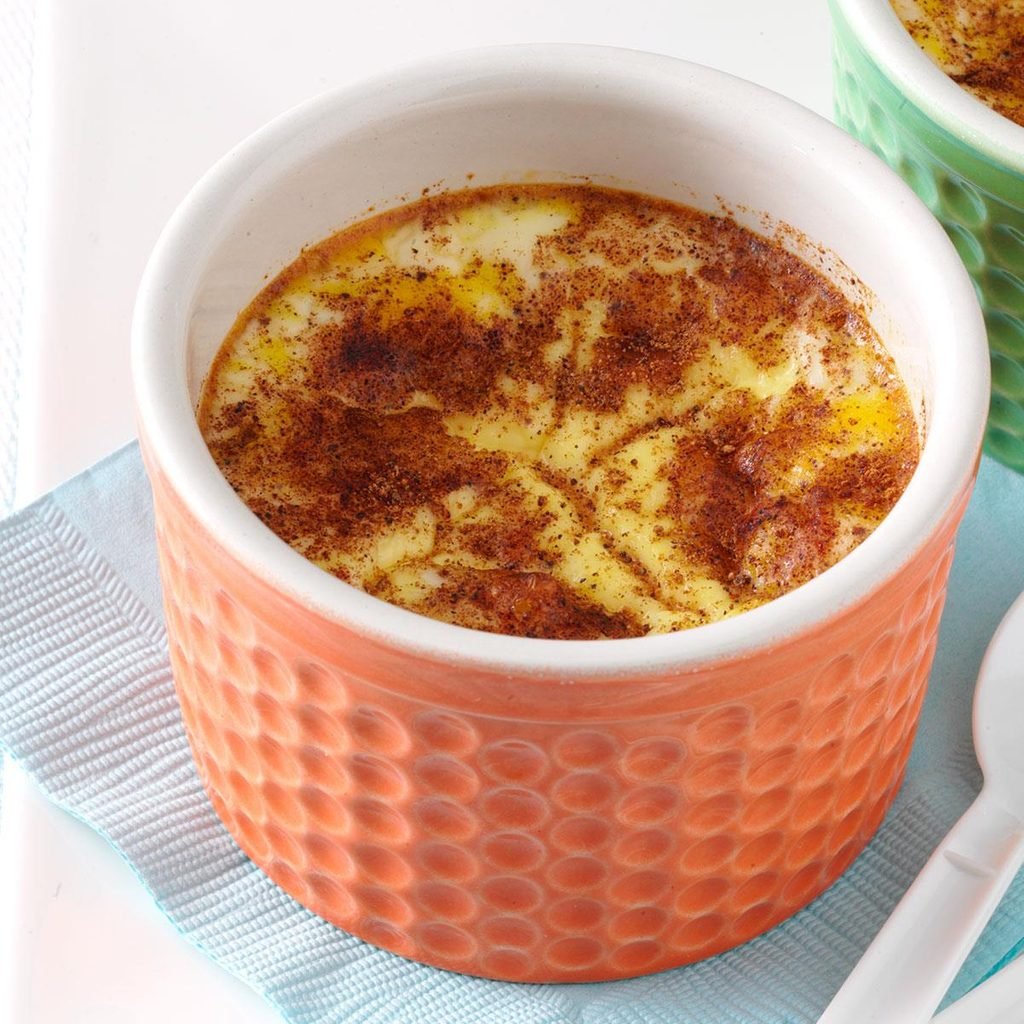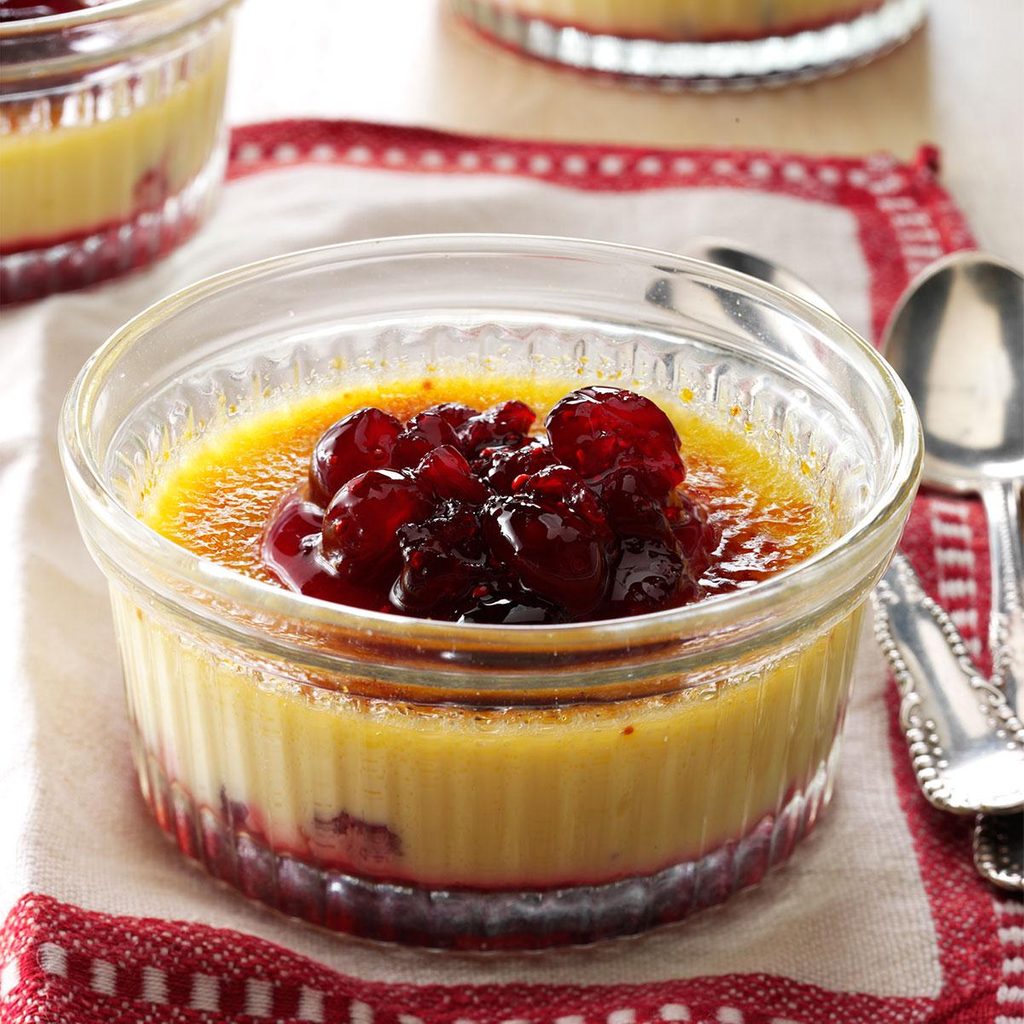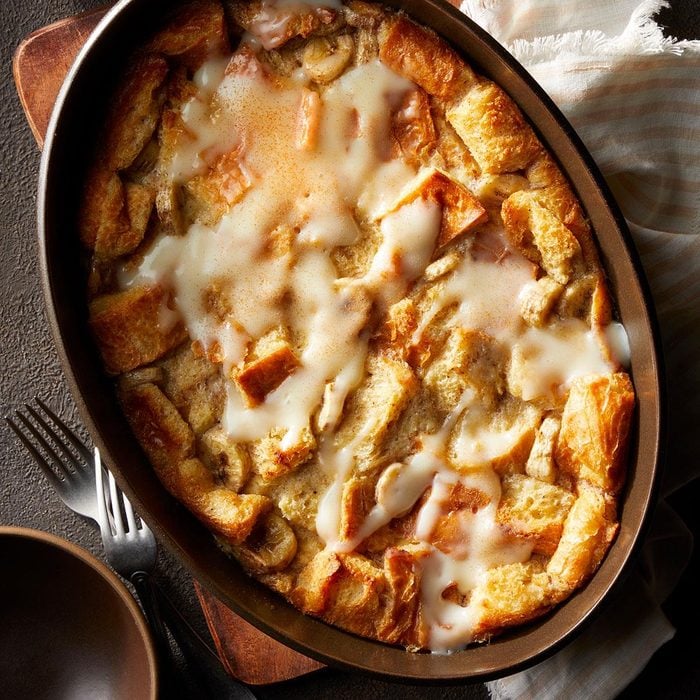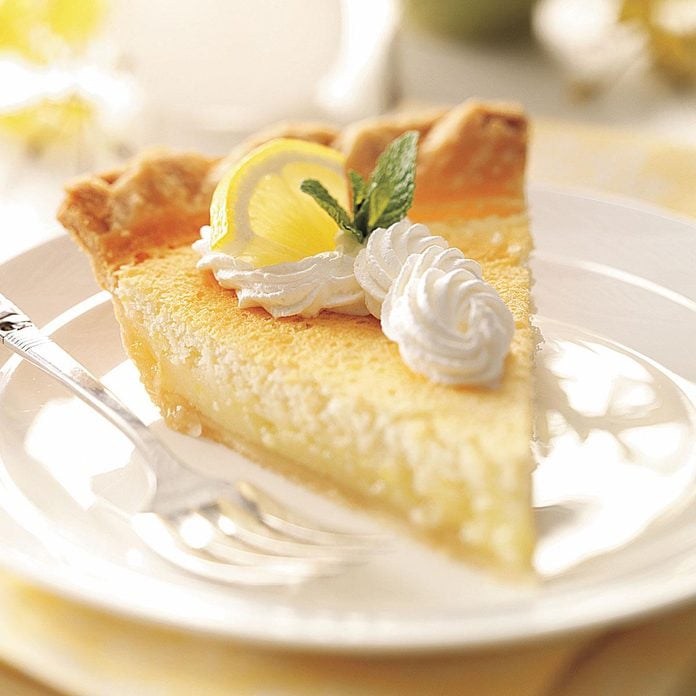When it comes to dessert, nothing’s yummier than a cup of pudding or custard. Lucious and creamy, a good old-fashioned custard or tasty pudding can feel like the ultimate indulgence, but we often get tripped up on what the difference is between these two desserts. So we’re here to settle the confusion and tell you definitively what is custard and what is pudding.
What’s pudding?
First, when we talk about pudding, we’re not talking about the instant, packaged kind that is whisked with cold milk—although these convenient mixes yield desserts that are dreamy and delicious in their own ways (like this peanut butter-meets-chocolate favorite). Here, we’re sticking to true puddings—the comforting, old-fashioned-style dessert that Grandma cooked on the stovetop and was proud to include in her repertoire.
An authentic pudding is a sweetened milk- or cream-based mixture that is thickened with a gelatinized starch, usually cornstarch or flour, then cooked in a saucepan on the stove. This classic treat boasts great versatility as a dessert, as it can be incorporated into a trifle (these 10 are worth trying!), parfait or simply eaten on its own. The toughest choice? Deciding on vanilla or chocolate. Or branch out with a fun new flavor like pumpkin or mochaccino.
Also, if you’re using instant mix, check how to make instant pudding taste better and homemade.
How is custard different?
Custard is pudding’s close cousin and is typically made of eggs, sugar and milk, and is either baked or stirred using gentle heat. While most custard and pudding recipes both typically call for eggs, the main difference is that pudding uses a starch for thickening, whereas custard’s thickening agent is the egg itself (or egg yolk, in most instances). Custard’s texture also tends to be firmer than pudding. Here are a few tips for making vanilla custard ice cream.
Like pudding, custard can be layered into trifles, topped with berries or enjoyed on its own. But its big claim to fame is restaurant-style desserts like pots de creme and creme brulee. It can also be baked into pies, bread puddings and more.
The takeaway
Unfortunately, neither pudding nor custard rank high in the make-ahead category. They are best eaten the same day they’re made, although their lifespan can be stretched a day or two (that is, if there’s any left).
But don’t let that stop you from enjoying these silky, spoonable sensations. Whether you’re hosting an elegant dinner party or simply seeking the perfect grand finale to a weeknight meal, pudding and custard always hit the sweet spot!
Next up: Here’s how to make the perfect burnt-sugar top on creme brulee. (Tap, tap, tap!)
ⓘ
Try Our Best Custard Desserts
Rum Raisin Creme BruleeInspired by a favorite ice cream flavor, I created this make-ahead recipe to free up some time in the kitchen. You can also serve this as a custard if you choose to not caramelize the top. —Eleanor Froehlich, Rochester, Michigan
Meringue Snowballs In CustardMy family has passed down this elegant dessert generation by generation. It started with my Russian great-grandmother, who traveled to America more than 100 years ago. I love continuing the tradition with her recipe. —Tonya Burkhard, Palm Coast, Florida
Banana PuddingI didn’t see my son, Lance Corporal Eric Harris, for more than two years after he enlisted in the Marines after high school. And when I saw him arrive at the airport, I just grabbed hold of him and burst out crying. When we got home, the first thing he ate was two bowls of my easy banana pudding recipe. He’s a true southern boy! It’s a dessert, but you can have it for breakfast, lunch or dinner. —Stephanie Harris, Montpelier, Virginia
Raspberry Custard KuchenBack where I grew up in Wisconsin, people have been baking this German treat for generations. We love it for breakfast or as a special dessert. It's no fuss to fix and impressive to serve. —Virginia Arndt, Sequim, Washington
Creamy Caramel FlanA small slice of this impressively rich, creamy, caramel flan dessert goes a long way. What a delightful finish for a special meal or holiday celebration. —Pat Forete, Miami, Florida
Caramelized Baked CustardsCreme brulee is our favorite dessert and we love Irish cream liqueur, so I decided to put them together for a dinner finale we truly love. With a last name like Moynihan and a husband named Patrick, you can tell St. Patrick's Day is a very big holiday in our house! —Joyce Moynihan, Lakeville, Minnesota
Old-Time Custard Ice CreamI think my most memorable summertime dessert for get-togethers has always been homemade ice cream. This recipe is so rich and creamy and is the perfect splurge on a hot summer afternoon. —Martha Self, Montgomery, Texas
Cranberry Bread PuddingThis down-home dessert takes on a touch of elegance when I serve it warm and drizzled with a thin orange custard sauce. It's so pretty that I often make it for dinner guests using either fresh or frozen cranberries. —Margery Richmond, Fort Collins, Colorado
Rhubarb Custard BarsOnce I tried these rich, gooey bars, I just had to have the recipe so I could make them for my family and friends. The shortbread-like crust and the rhubarb and custard layers inspire people to find rhubarb that they can use to fix a batch for themselves. —Shari Roach, South Milwaukee, Wisconsin
Pumpkin Pie CustardInstead of pumpkin pie, try this flavorful light holiday dessert. My husband’s aunt shared the recipe after she brought this treat to a family party. —Nancy Zimmerman, Cape May Court House, New Jersey
Favorite Banana Cream PieHomemade banana cream pie is my mom’s specialty, and this dreamy dessert has a wonderful banana flavor. It looks so pretty, and it cuts easily too. —Jodi Grable, Springfield, Missouri
Burnt CustardThe recipe for this smooth-as-silk custard came from a local restaurant years ago. With its broiled topping it looks pretty in individual cups. —Heidi Main, Anchorage, Alaska
Lemon Custard CakeThis
lemon custard cake recipe comes from my grandma— it's nice to whip up when unexpected company stops in. It's a cool, creamy dessert that tastes like you fussed. —Sue Gronholz, Beaver Dam, Wisconsin
Berries with Vanilla CustardWhat a simple, delectable way to enjoy fresh raspberries. For a change, also try the custard with strawberries or peaches. —Sarah C. Vasques, Milford, New Hampshire
Squash Custard PieAcorn squash has been a favorite of mine since I was little and my mother baked it with sugar and cinnamon. This particular pie was something I improvised. We love pumpkin pie, but had fresh squash in excess. So I came up with this new variation! It's good to take to potlucks, to pie or cake walks at school, or to serve as a different dessert for Thanksgiving or Christmas. —Mary Kelly, Hopland, California
Orange Natilla Custard PieAfter tasting
natilla for the first time at a Cuban restaurant in Key West, I knew I had to turn that traditional custard into a pie. For a festive garnish, add curls of orange zest. —Amy Freeze, Avon Park, Florida
Baked Custard with CinnamonMother used to make this comforting baked custard when I was growing up on the farm. It was wonderful after a chilly evening of doing chores. Now I fix it for my husband and four sons. —Mary Kay Morris, Cokato, MN
Cranberry Creme BruleeDress up classic creme brulee with an easy-to-make cranberry sauce. The sweet-tart sauce compliments the rich, creamy custard. —Taste of Home Test Kitchen. Looking for more? Learn how to make
custard tart.
Banana Bread PuddingWhen I visited my grandmother in summer, I always looked forward to the comforting banana bread pudding she'd make. With its crusty golden top, custard-like inside and smooth vanilla sauce, this pudding is a real homespun dessert. Now I make it for my grandchildren. —Mary Detweiler, Middlefield, Ohio
Mom's Lemon Custard PieMy mother often made this lemon pie back when we were growing up. You might say it's stood the test of time because today it's still my 75-year-old brother's favorite! The beaten egg whites give it a delicate texture and make this custard pie quite unique! It's a great way to finish off any meal. —Jeannie Fritson, Kearney, Nebraska
